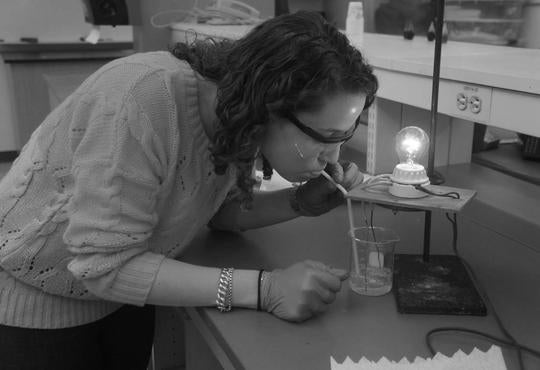Taken from The Lancet, January 14, 1860, page 33.
In medico-legal inquiries, it is often of the utmost importance to determine the character of red spots on linen or steel, supposed to be blood stains. M. Brucke has recently published the following method, as being superior to those in common use: – ‘Wash the spot with cold distilled water. To the reddish liquor thus obtained add a solution of sea salt, and evaporate to dryness, in vacuo, over a vessel containing sulphuric acid. Examine the dry residue well through a microscope, in order to verify whether it contains any matter that might be mistaken for Tetchman’s crystals; then add a little highly-concentrated acetic acid; evaporate again to dryness; moisten the residue with water; and then, if there really be blood in the spots, the microscope will reveal unmistakable crystals of haematin.
Note: Haematin (hematin) is the heme group in hemoglobin (protoporphyrin IX with an iron(II) ion), in which the iron is oxidized to iron(III) and carries an hydroxide ligand. If the iron(III) carries a chloride ligand the complex is called hemin, but the terms hemin and hematin are often used interchangeably.
Editor's note: We were fascinated by the date of this report. The same test could be performed in your classroom today but permission to do so may not be so easy. Unfortunately, due to regulations and a number of restrictive guidelines, most classrooms would be unable to use blood for analysis.







